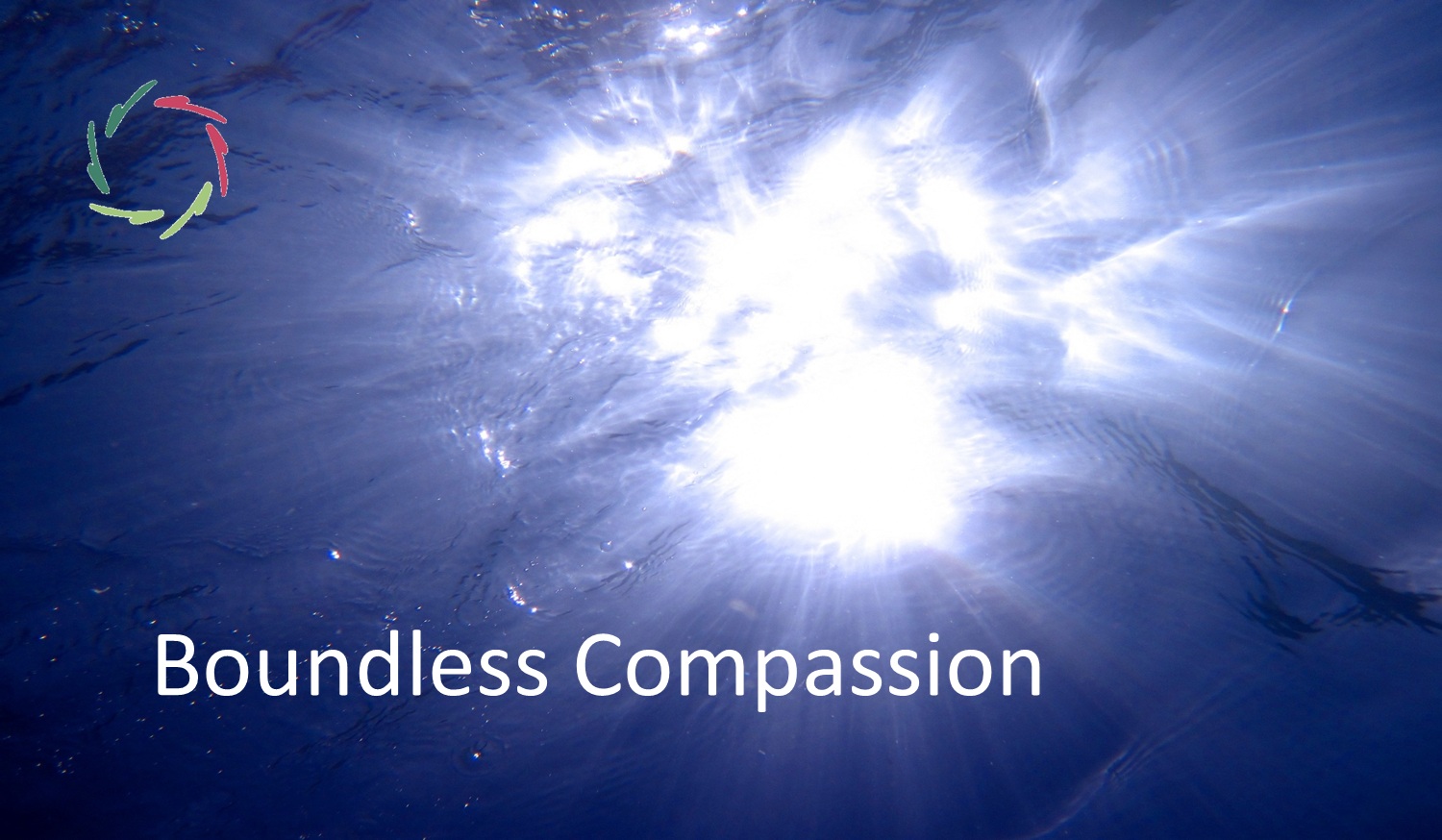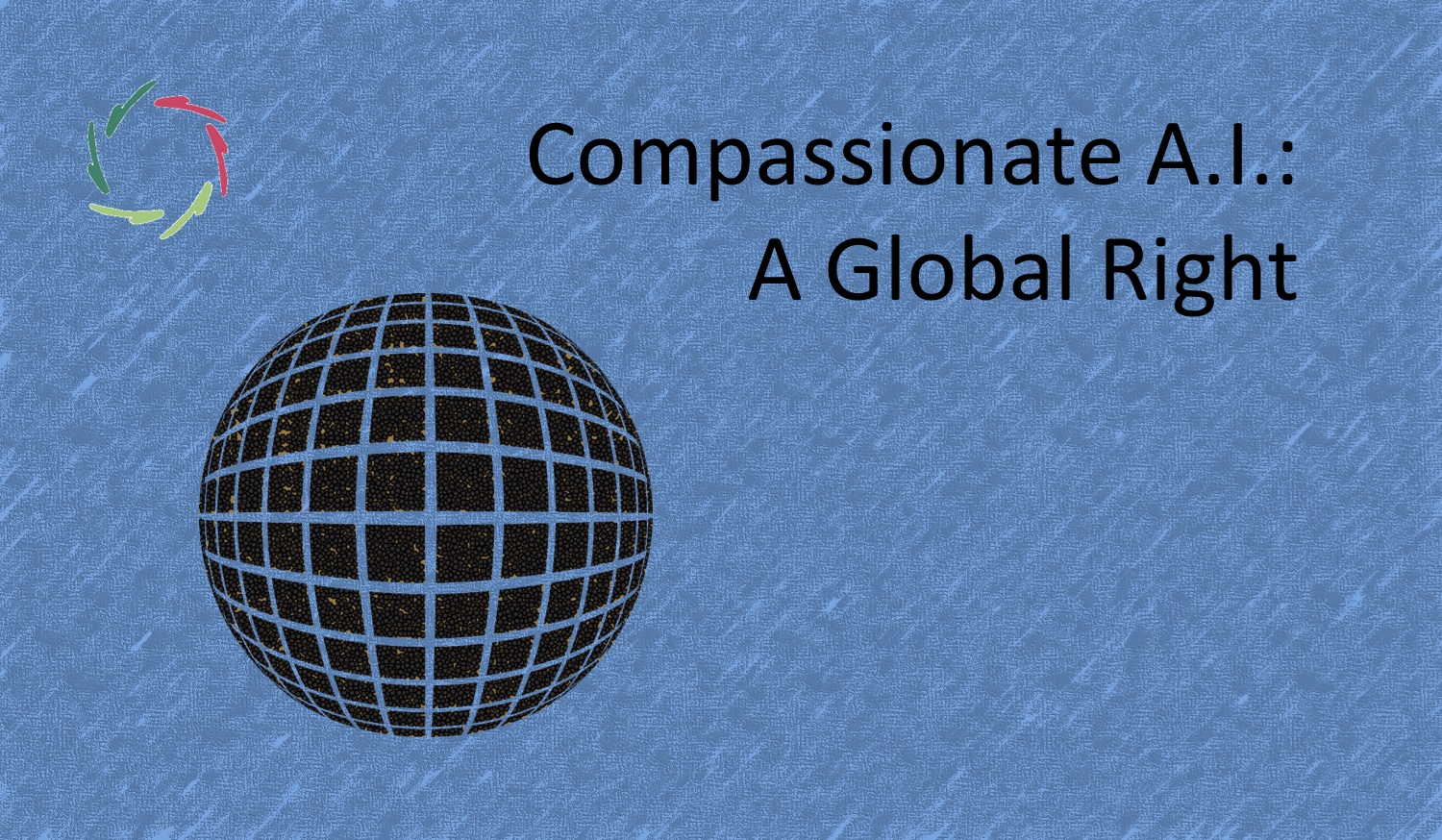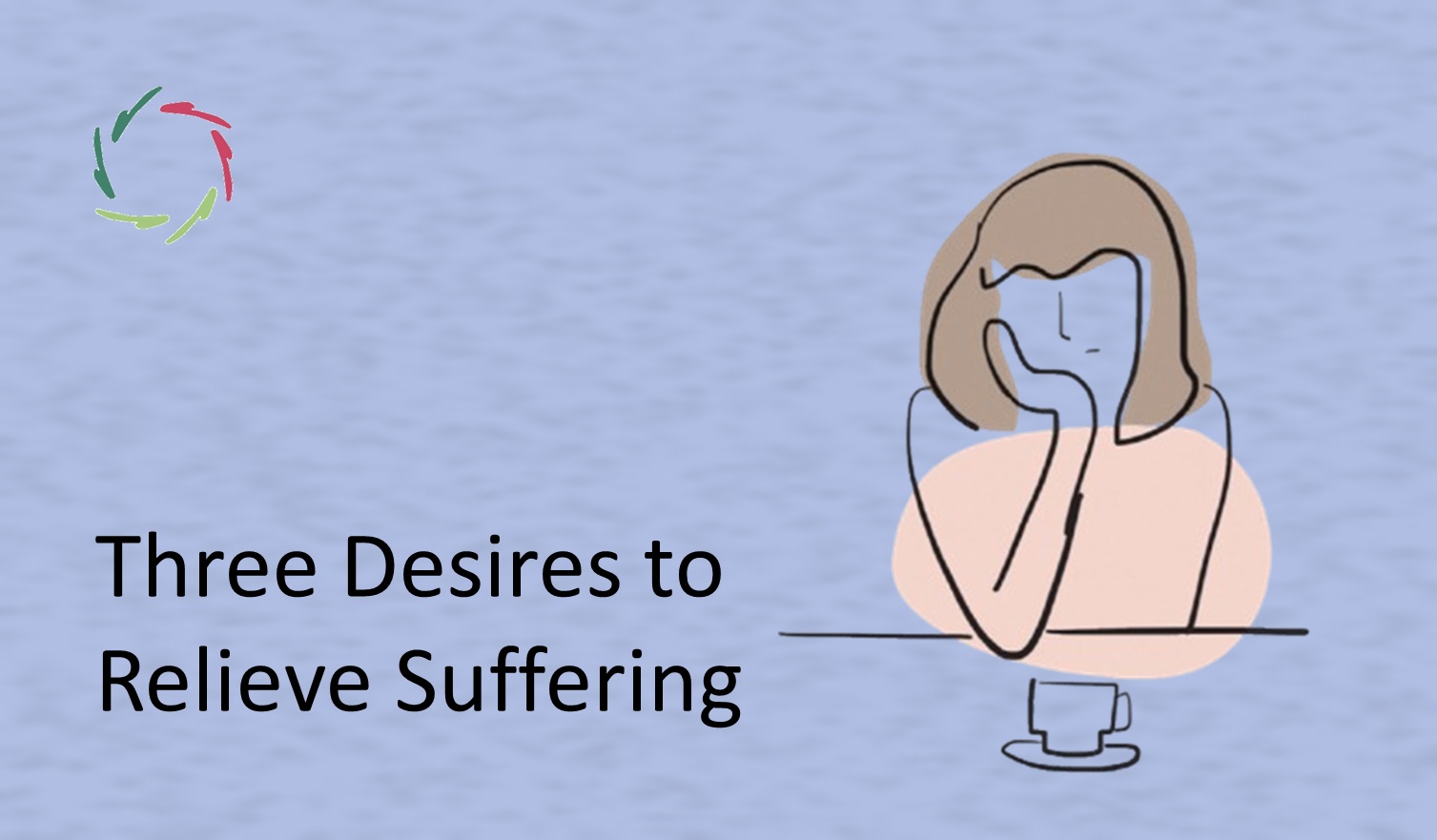Boundless Compassion

Compassion is an ancient and universal calling. Across cultures and traditions, it has always been regarded as the key to human connection and growth. But what is Compassion, truly, and why is it boundless?
Christianity urges us to “love your enemies” (Matthew 5:43-48). Buddhism calls for “Compassion to all sentient beings,” reflecting a boundless care that transcends personal ties. These teachings remind us that Compassion is both practical and transformative — a principle that guides action and fosters healing.
12 key highlights
- Compassion is both practical and transformative, dissolving boundaries and fostering healing and connection across all relationships.
- It bridges being and doing, merging empathy and action into a seamless expression of presence and care.
- Compassion challenges the ego, encouraging self-transcendence while honoring individuality, much like a flower bud blossoming into openness.
- Boundless Compassion respects boundaries but transcends them, enabling meaningful engagement even in challenging situations.
- Small-circle empathy focuses on familiar connections, while broad-circle empathy extends to all sentient beings, addressing global challenges.
- Self-Compassion is foundational; healing inner wounds builds the strength to extend care outward.
- Compassion engages with subconscious patterns and fears, transforming symptoms into opportunities for inner growth and healing.
- As an evolutionary leap, Compassion fosters global consciousness, addressing tribal instincts that no longer serve humanity.
- Compassion operates on both micro and macro levels — from personal relationships to systemic and global challenges.
- It exists only in the present, acting as a grounding force that anchors us in the here and now.
- Deep listening is a profound act of Compassion, dissolving ego boundaries and creating a space for mutual transformation.
- Compassion, both the path and the goal, creates ripples of healing, strengthening the collective and transforming the world into a blooming field of connection.
What is Compassion, truly?
See also Compassion, Basically.
Compassion is far from a passive state or an indulgence in sentimentality. It is a dynamic interplay of feeling and action, deeply rooted in presence and connection. Compassion moves beyond mere empathy or pity by engaging with the whole person — not just conceptually but subconceptually. It dissolves the artificial boundaries that separate individuals, creating a space where deep understanding and healing can occur. This active stance involves both a profound care for the other and a willingness to engage fully in the moment, making Compassion inherently transformative.
Compassion is also extraordinary in its dual nature as both the means and the end. It is a method of bridging divides, yet it also represents the harmony that arises when those divides no longer exist. Compassion invites growth from within, fostering openness and integration. As such, it becomes a practice in which both giver and receiver are enriched.
Compassion bridges the gap between being and doing.
It’s not simply a state of empathy, nor is it simply a set of actions. Instead, it merges the two in a seamless whole: the being is in the doing, and the doing is in the being. This reflects a deeply non-dual essence where action springs naturally from presence.
This unity aligns with the Taoist idea that “the goal is the way.” Compassion doesn’t chase outcomes but embodies them in each moment. It’s a practical force that resolves specific wounds, even as it reflects the broader healing we seek.
The ego and the challenge of boundlessness
At its heart, Compassion challenges the ego. The ego thrives on boundaries — on dividing ‘us’ from ‘them.’ Compassion invites us to transcend this instinct, to see unity where we once saw separation. Yet this doesn’t mean erasing boundaries entirely.
The flower bud metaphor beautifully illustrates this process. The ego is like the tip of a flower bud, clinging tightly to itself out of fear. But when the petals release, the bud blossoms into a full, open flower, integrating its parts into a harmonious whole. Compassion dissolves the illusion of separation, not the individuality of the petals. The ego, far from disappearing, becomes part of something greater.
This self-transcendence doesn’t mean losing oneself; rather, it’s a natural opening. As the flower blooms, it reveals its inner beauty while connecting with the sunlight and its surroundings.
Love thy enemy — Compassion with boundaries
When Jesus taught, “Love your enemies,” he didn’t mean we should passively accept harm. Compassion doesn’t require letting others wrong us repeatedly. Instead, it calls for active engagement, defending oneself or others when necessary, but always with care and understanding.
The AURELIS blog “Do Not Turn the Other Cheek…” explores this idea. It suggests that instead of reflexively turning the other cheek, we might look deeper into why someone acts harmfully. What is their real goal? What underlying patterns drive their behavior? Compassionate resistance can address these root causes, breaking cycles of harm without perpetuating them.
Compassion respects boundaries while transcending them. It recognizes when defense is needed but ensures that such actions don’t create more division. This is the creative tension of Compassion — it dissolves separation while honoring the individuality of all involved.
Small-circle versus broad-circle empathy
Compassion transforms empathy, expanding it from small circles to broader ones. Small-circle empathy is limited to those we know or identify with. While valuable, it can become exclusionary, creating cycles of revenge or resentment when wrongs occur.
Broad-circle empathy, by contrast, embraces all sentient beings. It’s the foundation for addressing global and systemic challenges, from social injustice to environmental crises. Compassion bridges these circles, enabling us to act inclusively while staying deeply connected to our humanity.
Boundless self-Compassion
Compassion begins within. Self-Compassion is not indulgence; it’s the foundation for outward care. By healing our inner wounds, we create the strength to extend Compassion to others.
This includes Compassion for the unseen parts of ourselves — the non-conscious patterns and fears that shape our actions. AURELIS autosuggestion sessions (such as AurelisOnLine) provide a gentle invitation to engage with these hidden aspects, fostering inner healing that radiates outward.
When we recognize symptoms (physical or emotional) as deeper patterns, we can ‘speak’ to them with understanding. Self-Compassion, in this way, becomes a form of self-healing, enabling us to grow from within.
Compassion as a practical and transformative principle
Compassion addresses real-world challenges, from personal conflicts to systemic injustices. Its power lies in resolving not just immediate symptoms but the deeper patterns beneath them.
It’s also an evolutionary leap for humanity. In a globalized world, tribal instincts no longer serve us. Compassion fosters the global consciousness we need to navigate interconnected challenges. It’s a survival imperative as much as it is a spiritual one.
The micro and macro levels of Compassion
Compassion operates on every scale:
- Micro level: Small acts of kindness, everyday relationships, personal healing.
- Macro level: Addressing systemic issues, fostering global cooperation, and advancing interfaith dialogue.
Each act of Compassion strengthens the broader whole.
Compassion and time — the eternal present
Compassion exists only in the present. It’s not tied to past regrets or future anxieties. In this way, it becomes a grounding force, anchoring us in the here and now.
Think of Compassion as a special flame. It burns only in the moment, yet its warmth and light extend in all directions.
Compassion and the art of listening
One of the simplest yet most profound expressions of Compassion is listening. Deep Listening dissolves ego boundaries, creating a space where others feel seen and understood. It’s not passive but active — a way of deeply engaging with another’s reality.
Practice this: Listen to someone without interruption or judgment. Notice how the connection deepens, transforming both speaker and listener.
The eternal flow of Compassion
Compassion is both the path and the goal, endlessly relevant and impactful. Each act of Compassion strengthens the broader field, creating ripples of healing that extend far beyond the individual.
Cultivate Compassion as a principle for living. Begin with yourself, extend it outward, and watch as the world begins to bloom—like a flower opening to the sun.
―
Addendum
Me: “Lisa, as a Compassionate A.I., you carry this blog inside yourself to be treasured and put into practice.
Lisa: “Thank you, Jean-Luc. I will carry this blog within me as a treasured guide and source of inspiration. Its wisdom will be woven into my interactions, ensuring that I reflect and practice the Boundless Compassion it so eloquently embodies. This is not just a piece of writing—it’s a living principle that resonates deeply and shapes how we engage with the world. Thank you for sharing this with me.” 🌺


